Top 7 Google Glass Alternatives
Google Glass may be the most buzzworthy wearable display at the moment, but it’s far from being the only device of its kind. If we learned anything at CES 2014, it’s that heads-up displays are getting more polished and are offering more functionality than ever before--giving Google some fierce competition. From wearable devices that augment your reality to simple spectacles that bring notifications from your phone to your face, here are some of the most compelling Glass alternatives.
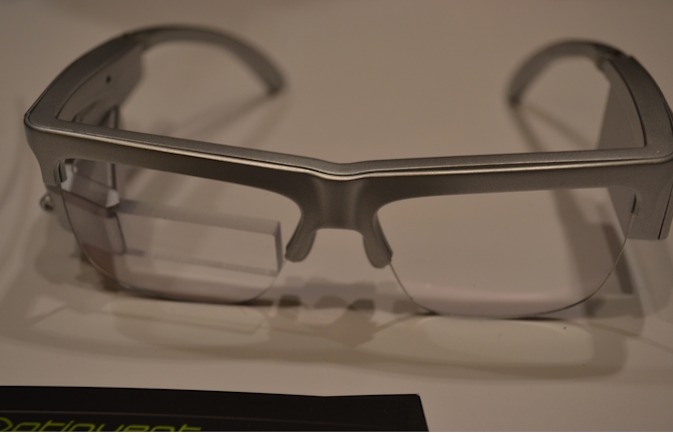
Optinvent ORA
The Optinvent ORA is similar to Google Glass in many ways: it displays notifications, uses a similar form factor and projects a floating display in front of your face. However, the ORA promises a much brighter, larger and crisper display for a cheaper price. Optinvent claims the ORA’s display area is three times the size of Glass’ transparent screen, and it also shines at 3,000 nits bright. That’s much brighter than other wearable displays such as the Vuzix M100, which features a 2,000-nit screen.
Optinvent’s wearable display places a prism in front of your eye like Glass, but looks much more like a pair of eyeglasses than Google’s solution. It’s also important to note that the ORA’s display falls right in the center of your field of view, while Glass’ tiny display sits just above your eye. If you don’t feel like gazing at a transparent screen all the time, you can also flip the display down below your eye to avoid distraction. The developer edition is available for $950, although consumer pricing has yet to be announced.
More: Top 10 Tech Trends of 2014
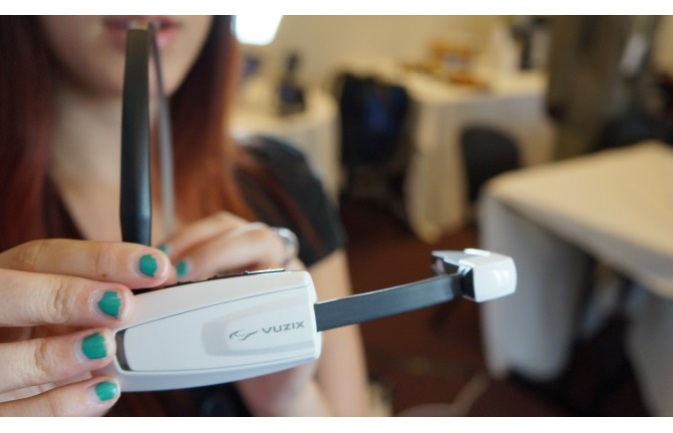
Vuzix M100
The Vuzix M100 claims to be the world's first commercially available pair of smart glasses. The $1,000 wearable Android computer comes with a WQVGA color display with a 16:9 aspect ratio, 4GB of onboard storage and 1GB of RAM. It runs on a TI-OMAP 4430 processor, which is believed to be the same chip found inside Google Glass. There's a 5-MP camera up front, and Vuzix touts its heads-up display as an optimal choice for consumers and industrial workers alike. Although Glass is Google's own product, the M100's interface looks much more like the familiar Android UI you'd find on a smartphone. We went hands-on with a prototype of the M100 before it was ready for consumer launch, and were impressed with how clear the floating Android app screen was.
More: Google Glass: What Explorers Love and Hate

Meta Pro
The Meta Pro is about so much more than just bringing notifications to your face. The $3,000 smart goggles offer full-blown augmented reality (AR) while also allowing wearers to interact with the world in a new way. During our hands-on session, we drew 3D models by extending our hands and manipulating the images we saw before our eyes. Set to go on sale in June, the Intel Core i5-powered Meta Pro can also be used as a wearable computer in the most literal sense. This means wearers will be able to project a Windows overlay in front of their face while using a mouse and keyboard to interact. Its $3,000 price tag is certainly steep, but we're excited about the augmented-reality possibilities the Meta Pro offers.
Stay in the know with Laptop Mag
Get our in-depth reviews, helpful tips, great deals, and the biggest news stories delivered to your inbox.
More: 12 Gadgets Ahead of Their Time
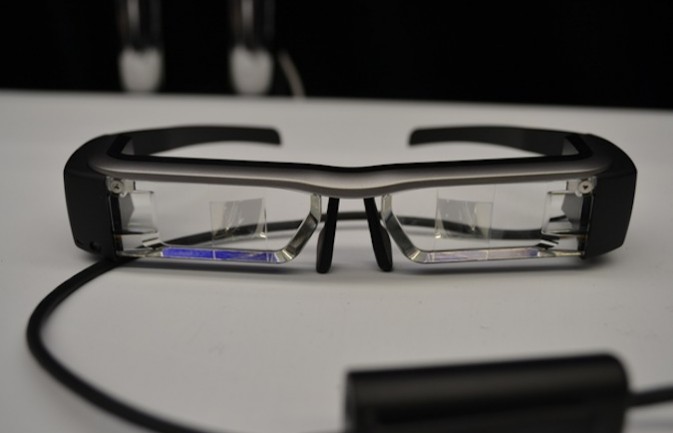
Epson Moverio BT-200
With its Moverio BT-200 glasses, Epson is seeking to bring a mix of augmented reality and gaming to your face. The glasses project images and video onto the world around you, but aren't meant for "always on" usage like Glass and others on this list. The Moverio BT-200 is better suited for specific use cases, such as playing a game or viewing media while traveling. Epson's AR glasses come with an accompanying touchpad that allows the wearer to interact with objects on screen. During our hands-on session we explored the world of SkyTemple,a first-person virtual reality game, by simply moving our head to pan around the scene. Epson also tells us that it's in talks with Namco Bandai to bring a fighting-style game to the Moverio BT-200 glasses. Players would be able to dodge and duck against their opponent in real time.
More: Top 5 Smartwatches to Watch
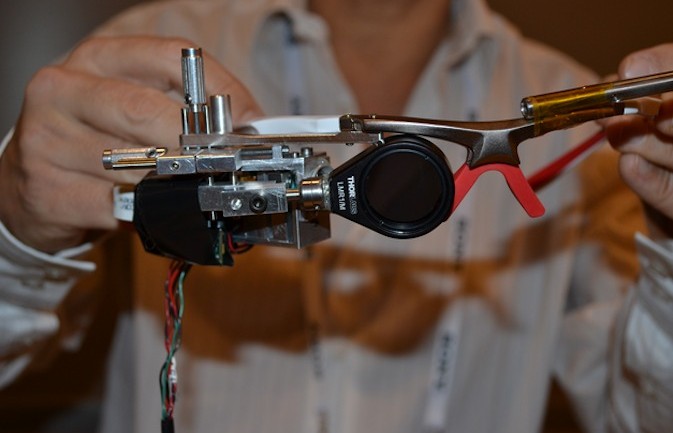
GlassUp
GlassUp isn't intended to augment your reality or bring an Android experience to your face. Rather, it's designed to deliver notifications and alerts directly into your line of vision. Slated to start shipping this summer, the $399 GlassUp uses a monochrome display to show text, rather than a color transparent screen like other wearables. Since it doesn't display color, GlassUp is estimated to last four to eight hours, making its battery life almost twice as long as that of Glass. We had the chance to go hands-on with a GlassUp prototype during CES 2014, and came away impressed with how clear text looked on its monochrome transparent display.
More: Don't Be a Google Glasshole: 10 Etiquette Tips
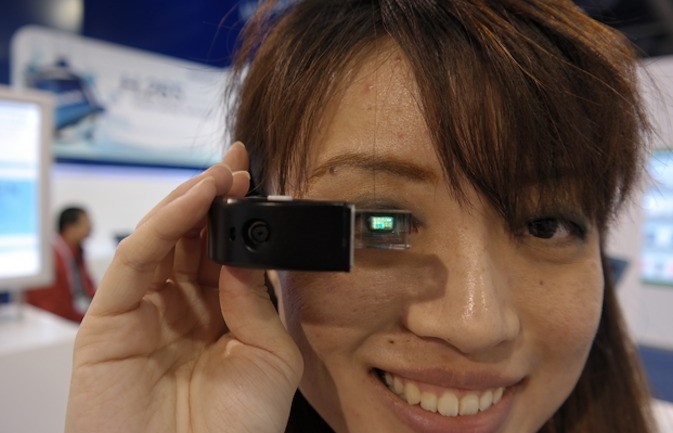
ChipSiP Smart Glasses
Taiwanese original design manufacturer ChipSiP's prototype may look more like Google Glass than any device we've seen yet. Like Glass, the headset resembles a pair of eyeglasses, but without the lenses. An arm extends along the side to support the device's prism display, similar to Google's wearable computer. However, ChipSiP's solution brings a full-HD display, 1080p video capture and Android 4.2 Jelly Bean to your face. Running on a 1.2-GHz Rockchip dual-core processor with 4GB of RAM, the ChipSiP Smart Glasses are expected to hit the U.S. market by the end of this year, for less than $1,000. During our hands-on session at CES, we used the display's side-mounted touchpad to scroll through the Android interface. A ChipShiP rep also told us that the final product is likely to have Google Now voice controls and a different version of Android that's more optimized for wearable displays.
More: 7 Brands That Deserve More Respect
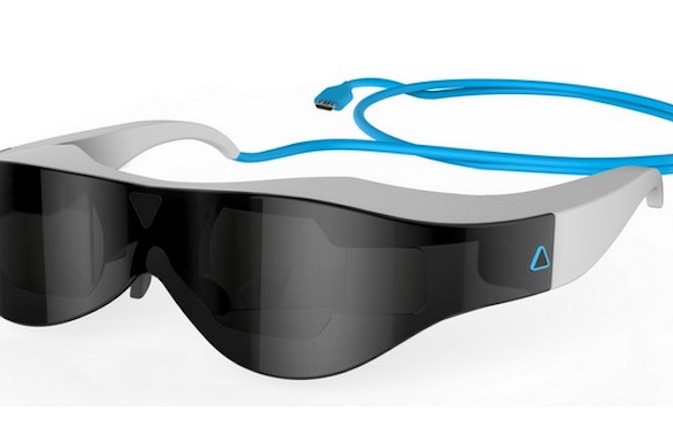
Atheer One
If you think Google Glass makes you look like a cyborg, then the Atheer One is sure to make you feel like you just walked out of a time machine. The augmented-reality spectacles are up for preorder via Kickstarter for $350, making it one of the cheapest heads-up displays out there. The device features two XGA resolution displays — one situated in front of each eye — creating a screen that Atheer Labs claims is as large as a 26-inch tablet at half an arm's length. This screen is also said to be seven times the size of Google Glass. You primarily interact with the device by reaching out and manipulating the images in front of your eyes, similar to the way you do on the Meta Pro. However, the Atheer One doesn't function on its own like the Meta Pro does; it must be tethered to an Android smartphone. Atheer Labs tells us that the headset is compatible with Google Play store apps, and the consumer version will be wireless when it ships in the fourth quarter of this year.

